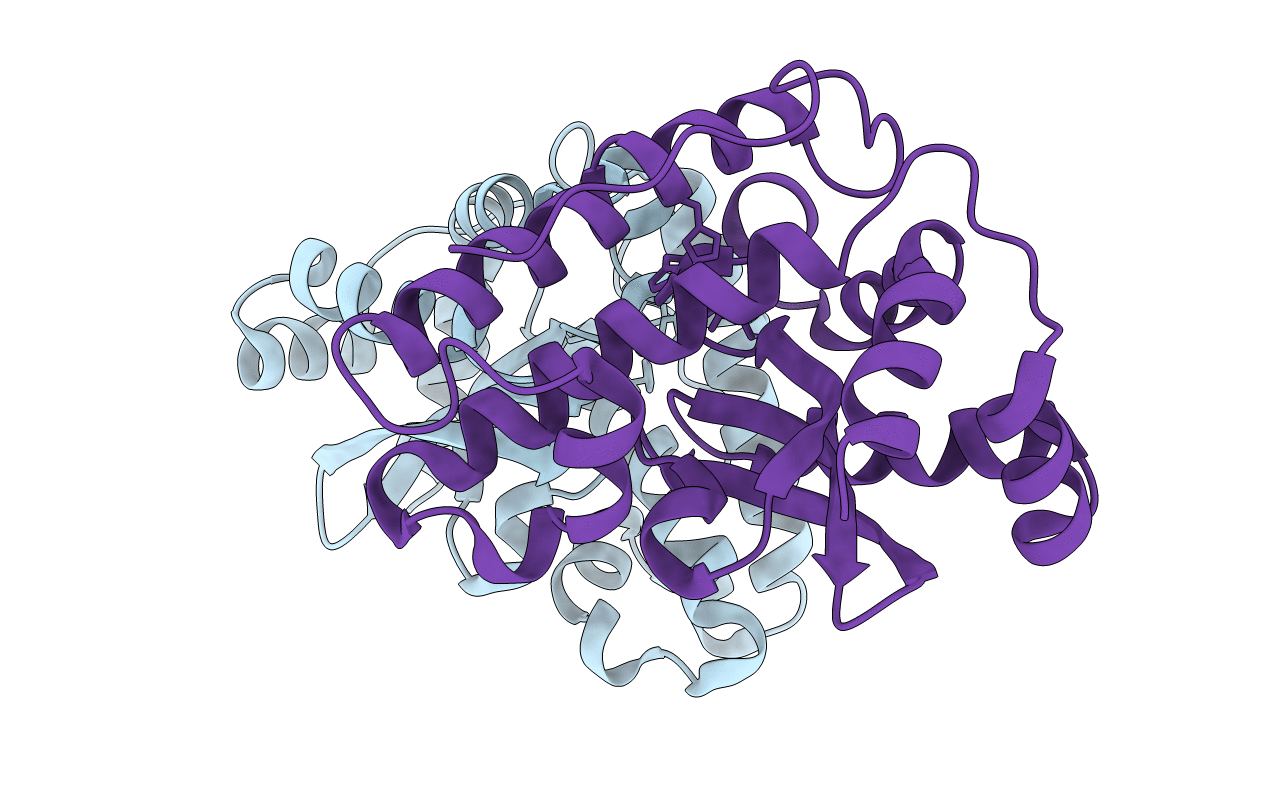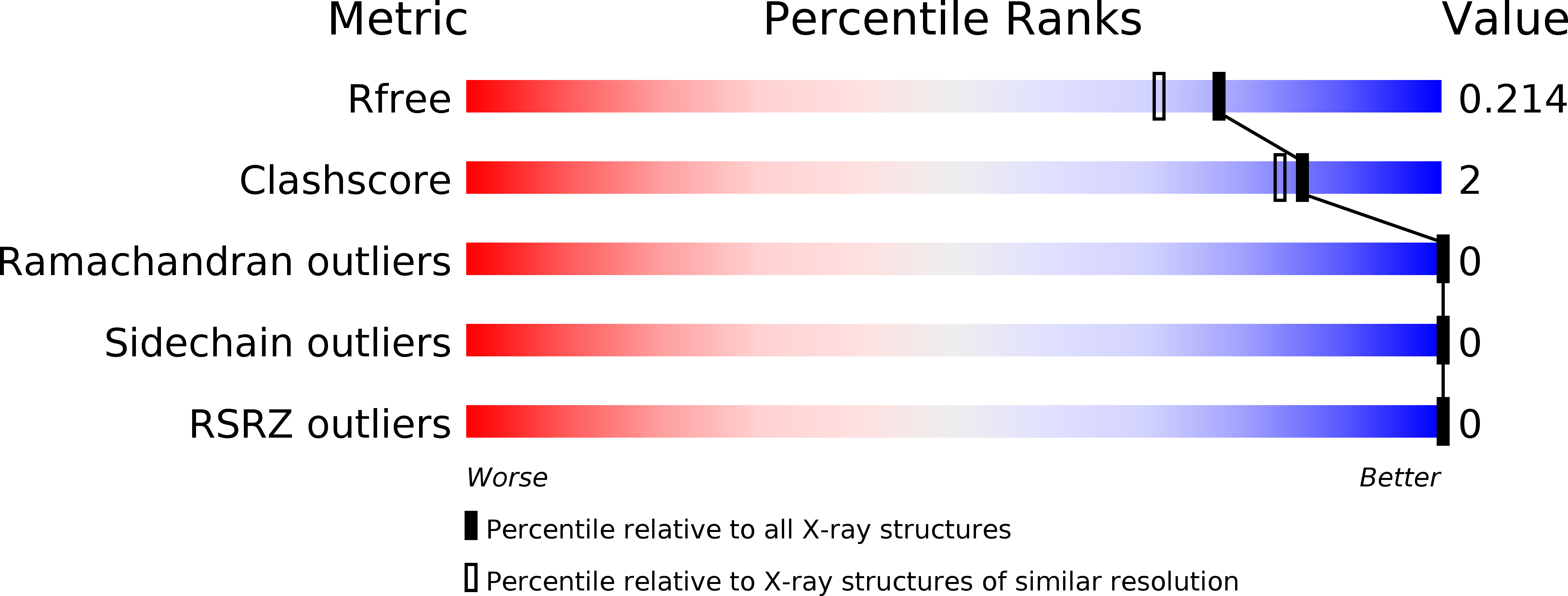
Deposition Date
2019-03-01
Release Date
2020-03-25
Last Version Date
2024-01-24
Entry Detail
PDB ID:
6QV9
Keywords:
Title:
Staphylococcus aureus superoxide dismutase SodA double mutant
Biological Source:
Source Organism:
Staphylococcus aureus (Taxon ID: 1280)
Host Organism:
Method Details:
Experimental Method:
Resolution:
1.80 Å
R-Value Free:
0.20
R-Value Work:
0.17
R-Value Observed:
0.17
Space Group:
P 1 21 1


